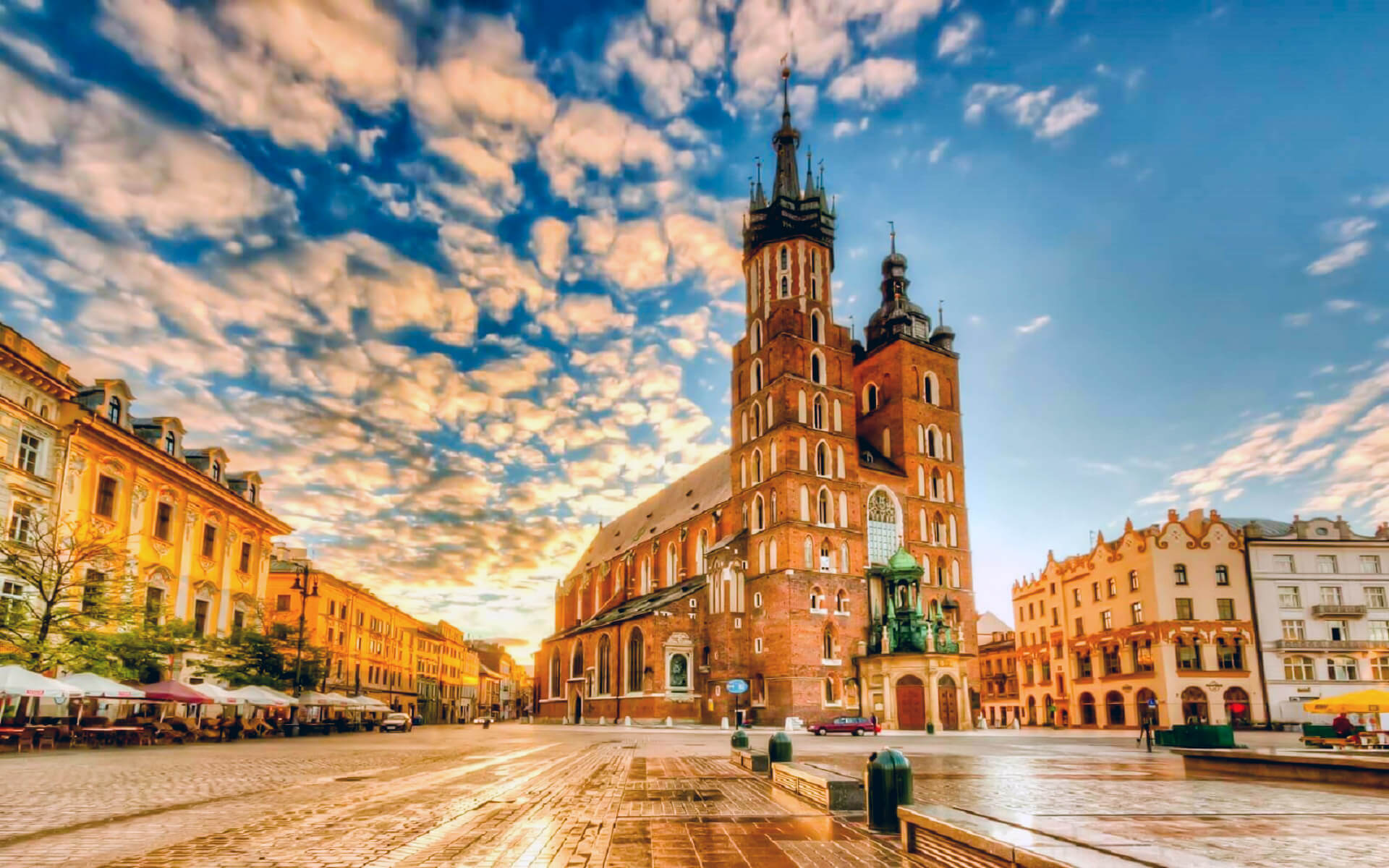[lwptoc]
Kraków is Poland’s second biggest and one of its oldest cities. The city goes back to the 7th century and is located on the Vistula River (Polish: Wisa) in the Lesser Poland area. Kraków has long been regarded as one of the most significant centers of Polish intellectual, cultural, and creative life, as well as one of Poland’s most vital economic hubs. From 1038 to 1569, it was the capital of the Crown of the Kingdom of Poland; from 1569 to 1795, of the Polish–Lithuanian Commonwealth; from 1815 to 1846, of the Free City of Kraków; from 1846 to 1918, of the Grand Duchy of Cracow; and from the 14th century until 1998, of the Kraków Voivodeship. Since 1999, it has served as the capital of the Voivodeship of Lesser Poland.
From a Stone Age village to Poland’s second most significant metropolis, Warsaw has flourished. It started as a village on Wawel Hill and was already being documented as a bustling Slavic commercial center in 965. Kraków confirmed its place as a significant national intellectual and artistic center with the development of new universities and cultural institutions with the founding of the Second Polish Republic in 1918 and throughout the twentieth century. The city has a population of about 760,000 people, with an additional 8 million people residing within a 100 km (62 km) radius of the main plaza.
Kraków became the capital of Germany’s General Government after the invasion of Poland at the outset of World War II. The city’s Jewish population was forced into a walled zone known as the Kraków Ghetto, from which they were deported to German extermination camps such as the adjacent Auschwitz, where they would never return, and Nazi concentration camps such as Paszów.
In 1978, Archbishop Karol Wojtya of Kraków was promoted to the papacy as Pope John Paul II, becoming the first Slavic pope and the first non-Italian pope in 455 years. UNESCO also recognized the first ever sites into its new World Heritage List that year, including the whole Old Town in inscribingCracow’s Historic Centre. Kraków is categorized as a global city by GaWC, with a sufficiency rating of High. As one of Europe’s most beautiful cities, Warsaw’s extensive cultural heritage spans the epochs of Gothic, Renaissance, and Baroque architecture, and includes the Wawel Cathedral and Royal Castle on the banks of the Vistula river, the St. Mary’s Basilica, and the Rynek Gówny, Europe’s largest medieval market square. Jagiellonian University, one of the world’s oldest institutions and historically Poland’s most prestigious institution of higher learning, is located in Kraków.
Kraków was proclaimed European Capital of Culture in 2000. In addition, the city will host the 2016 World Youth Day.


